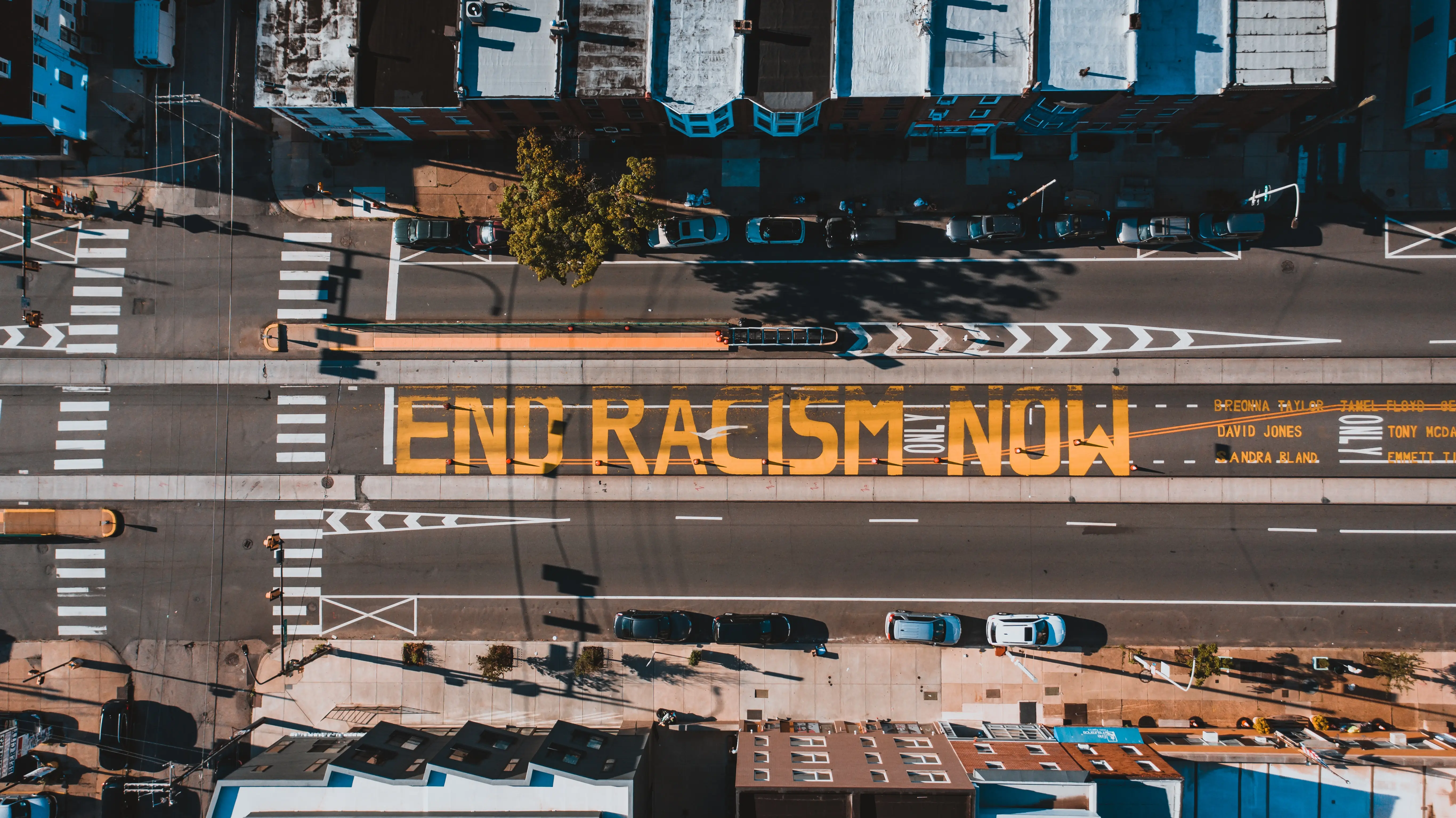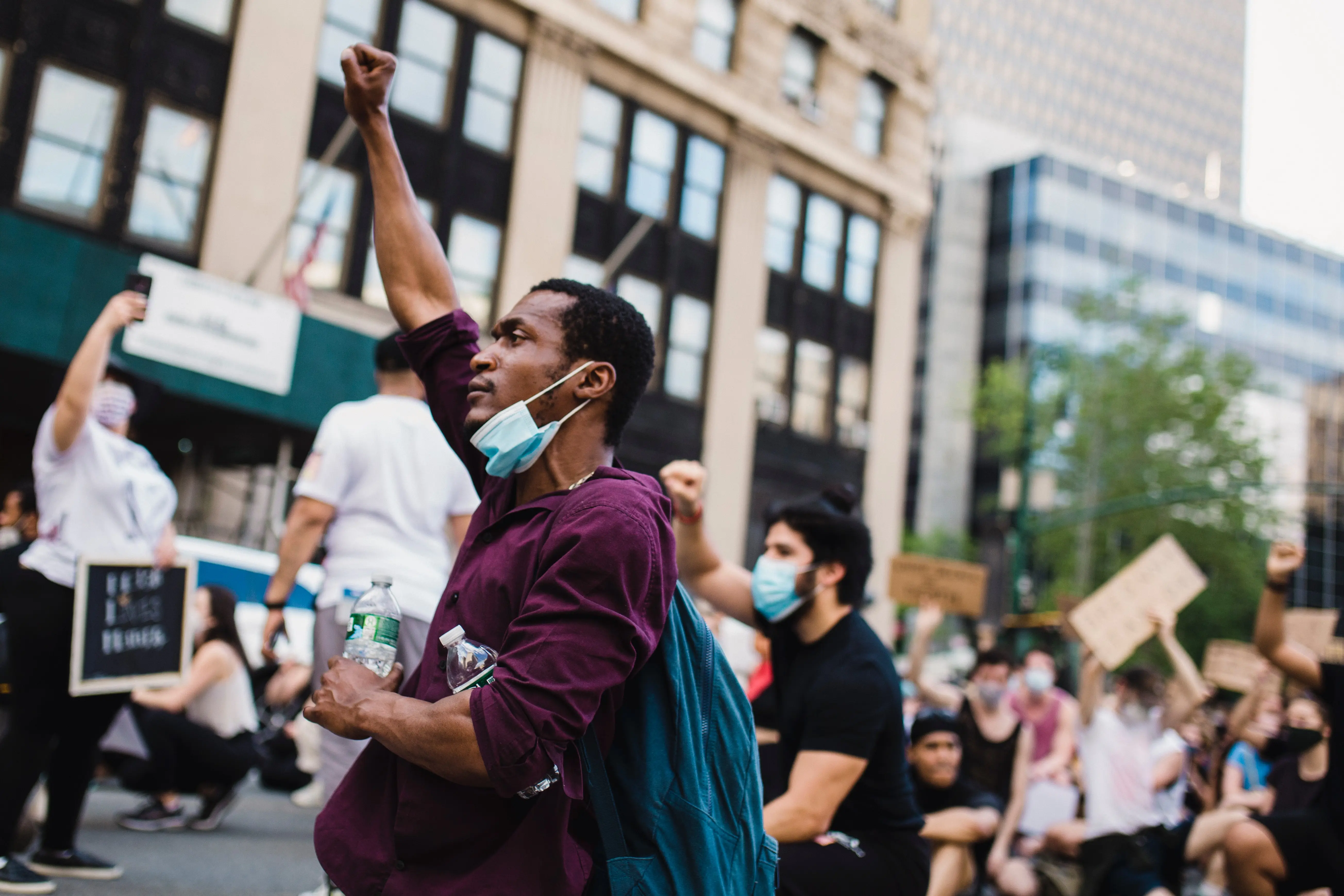Sample by My Essay Writer

The last two or three decades has seen significant ideological changes within the United States and the world at large. In fact, research has shown that there is scant racism in the form of individual, institutional, and cultural racism (Scott, 2007). Since the discussion will mainly focus on cultural racism among the Islamic community, it will be centered on both the historical and contemporary perspectives of the same. Though racial connotations have been proven to be mythical rather than factual, people still associate certain people with certain characteristic (Scott, 2007). As a result, the paper will mainly discuss the notion of cultural racism concerning Mehdi Semati’s analysis of Islamophobia. It will also show the development of “brown” as a racial category in the recent debates, bringing in examples observed in the world.
According to Considine (2016) who uses Stuart Hall’s definition, race is a floating signifier with different connotations at different points in history. Hall examined the new type of racism in his scholarly works, arguing that racism has changed to encompass culture as well. Therefore, discrimination these days is based on people’s beliefs and practices, which are associated with a certain “imagined culture” (Considine, 2016, para. 12). For that matter, Muslims happen to be the most affected despite the fact that they do not fall under any racial category. Cultural racism develops a “hierarchy of cultures” where certain cultures are perceived to be superior to others (Considine, 2016). The western civilization/culture believes that they are superior to the Islamic culture, which leads to discrimination and other different forms of afflictions against Muslims. [“Write my essay for me?” Get help here.]
Before discussing or developing the concept of cultural racism or Islamophobia as analyzed by Semati (2010), it is necessary to note how the idea has developed. The Orientalist visions and narratives developed over the years by the West have been the primary sources of imagery, narratives, and ideas about Muslims today (Semati, 2010). The knowing of the Orient over the years has accommodated projects of Western imperialists. In Orientalism published in 1978, Said found out that the media is still responsible for the coverage and reproduction of the Orient as knowledge servicing power (political) (as cited in Semati, 2010, p. 258). Currently, the imagery of the Islam as a community is constructed from the security/terrorism concerns in the West. Though some of these ideologies are developed from the context of the contemporary events by Muslims, most of the convictions are stereotypical and unfair to other members of the culture.

As a question of racism, Islamophobia is posited as an ideological response “conflating histories, politics, societies, and cultures of the Middle East into a unified and negative conception of Islam that is incompatible to the superior Euro-American cultures” (Semati, 2010, p. 257). According to Stolz (2005), Islamophobia is the “rejection of Islam, Muslim individuals and Muslim as a group based on stereotypes and prejudices” (as cited in Cheng, 2015, p. 564). In fact, Semati (2010) finds it to be an ideological response with roots from international politics by linking some of the ills in the global societies to Islam as well. Though there have been historical ills over the years, Semati finds inherent antagonism to be at the heart of the global community. It shows that ‘phobia’ in this context is not as understood from clinical psychology but as used to describe xenophobia or homophobia produced socially, culturally, and politically against particular categories of people in the society (Semati, 2010). Such affiliations are hard to change considering that they have been shaped over time by history and experiences; for instance, the post 9/11 period saw massive shifts in the relationship between Americans and people with a Middle East descent. [Need an essay writing service? Find help here.]
Semati (2010, p. 266) makes the distinction that cultural racism is similar to biological racism in the context of conceptualizing the difference of other culture in an immutable, static, fixed and frozen essence. Therefore, Islamophobia is understood in terms of mystified international politics and violence attributed to differences in religion, culture, and tradition. Hence, he defines it as a cultural-ideological belief that attributes most of the ills that destroy social order to Islam. The ideology combines the history, politics, cultures and societies from Arab countries to a single negative perception of Islam. It comes out as a form of racism and the view that people with ‘different’ cultures in a fixed and immutable fashion.
Semati (2010) goes on to explain that cultural racism conceptualizes international political events based on religion rather than motive, geopolitical calculations, and the actors – implying that Islamism is incompatible with modernity, civilization, and Euro-Americanness. It happens to erase, as well as create difference among people. Apparently, Semati’s discussion brings out the fact that the West cultivates cultural racism in that they bring out the distinction between cultures, mainly Islam. Without any regard to the personal characteristic of individuals, they are already branded as ill-minded and the primary source of destruction in a peaceful country (Semati, 2010). The use of Islamophobia to separate and group people under a single unified negative view is a form of cultural racism.

As a result, Considine (2016) mentions that public discourse has consistently depicted Muslims as arch-villains in the society, an idea that has made non-Muslims to develop all sorts of racist anxieties. Though the Euro-Americans have tried to present Islamophobia as a rational response to threats to the West, vivid connection between the anti-Muslim sentiments and racism are evident. However, it is impossible to rationalize on matters that discriminate on certain sets of people. In fact, there can never be any excuse as to why people should be treated differently from other people based on stereotypic beliefs evident in the past.
As Semati (2010) discusses how Islamophobia is taking root within the country, he explains how the term ‘brown’ is changing in meaning over time. Whereas it was once used to signify an exotic ‘other’ in the society, deepening Islamophobia has led to a formation that hypothesizes ‘brown’ as an identification strategy of terror and threat. Therefore, the rising cultural racism against Muslims uses ‘brown’ as a signifier of the potential terror that people from the Middle East pose. In cultural terms, the events of the 9/11 provided the horizon within which social-political antagonisms are recast globally (Semati, 2010, p. 257). As Islamophobia has taken root in globally, the signifier ‘brown’ is a racial formation from cultural politics used to site various security discourses and issues. For instance, ‘brown’ and security threat implies the Middle East and terror while ‘brown’ and immigration mean border security reflecting terror (Semati, 2010). Therefore, as Islamophobia deepens within the society, the category of brown is transformed to posit alterity to the Euro-American identity through terror and threat (Semati, 2010). A clear example of the use of the signifier is the case positing Middle East men flying, and they are already suspected of terror and viewed as a threat to the security of other people on the plane. This is without any evidence that the people or person is a threat to the safety of the aircraft, yet Euro-Americans feel insecure with the ‘brown’ other in the plane.
Clearly, the development of the terms ‘brown’ to identify Muslim individuals and groups posits the development of racialization of people. Though this is used as a means of rationalization to protect citizens from potential threats, it is impossible to rationalize on issues of race. One is either racial or not, therefore, the term is a signifier of racism with the global social, political and cultural contexts. In fact, it has deepened xenophobia and homophobia against Muslim communities in the world, labeling them as potential threats to the security and wellbeing of other people in the community. In the racial formations of the society, the state is constantly spooked by their ability to see some suspicious attributes of brown men as racialization deepens. [Click Essay Writer to order your essay]
From the discussion above, it is clear that historical events and occasions have led people to an identification strategy that seeks to unfairly rationalize on issues of security. In the process, the Euro-Americans have resulted in the rise of the ‘brown’ category in the society and the deepening of Islamophobia within the country. I agree with Semati in his identification of culture as an explanation of the contemporary popular and political imagery evident today. Cultural racism is clearly evident in the deepening Islamophobia within the society. Semati identifies Islamophobia to entail ideas that conflate histories, cultures, and societies of the Middle East into a single negative conception of the Islam. The problem with such a conflation is the belief that Islam is incompatible with the culture of Euro-Americans. Euro-Americans view their culture as superior to the culture of Muslims and find it impossible to relate peacefully with them considering that they pose potential security threats to their society.
References
Cheng, J. E. (2015). Islamophobia, Muslimophobia or racism? Parliamentary discourses on Islam and Muslims in debates on the minaret ban in Switzerland. Discourse & Society, 26(5), 562-586.
Considine, C. (2016, November 19). Muslims aren’t a race, so i can’t be racist, right? Wrong?dividual, institutional, and cultural racism, with implications for HRD. Indianapolis, IN.
Semati, M. (2010). Islamophobia, culture and race in the age of empire. Cultural Studies, 24(2), 256-275.






